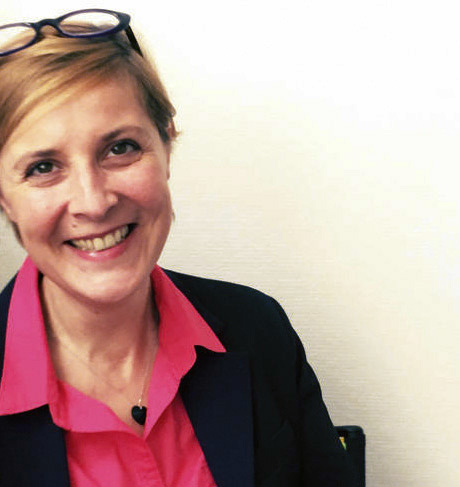
Don’t look for his name in books on the history of photography, you won’t find him. Gaston Paris, born in 1903, was completely unknown until just recently. His work was discovered by Michel Frizot in the 1990s at an old prints fair. Intrigued by prints from the 1930s stored in a box, the photography historian purchased them now knowing whom they were from, since the images were unsigned. The photographer’s composition, lighting and original point of view are what had convinced him to buy them. Representing primarily mannequins in Parisian shop windows, these original prints welcome the viewer to the Center Pompidou exhibition, for which Frizot is the co-curator.
Making a discovery is every historian’s dream. Michel Frizot got to live that dream, but it didn’t happen overnight. It would take almost thirty years for his discovery of old prints to take the form of an exhibition and a book. It wasn’t until quite some time after his purchase that the historian came across contact sheets, and in 2006, while preparing the exhibition on VU magazine for the European House of Photography, he started connecting the dots and became convinced that Gaston Paris was the author of the images he had bought.


Gaston Paris might have been unknown, but he wasn’t just any photographer: “He published more than 2,400 images in the press of the 1930s and 1940s and was an employee of VU magazine, where more than 1,300 of his images were published.” Michel Frizot also gradually discovered that the Roger-Viollet agency had negatives of the photographer’s work, which they had bought in 1964, the year he died, and then received a donation from Paris’s widow in 1983. This collection of approximately 15,000 negatives is now kept at the City of Paris Library (BHVP) and the agency continues to distribute the work of Gaston Paris.
“Gaston Paris is the only photographer to have been an employee of VU for three years,” explains Michel Frizot, going on to say that this magazine, created in 1928, was a precursor of the illustrated press. Life (founded in 1938) and Match, which would become Paris Match in 1949, were largely inspired by VU, “which was the first magazine to focus on photography. This publication was particularly inventive in terms of layout and in the way they put the front and center of the images, especially via photomontages.”


The second part of the exhibition is educational and shows the way in which various newspapers (VU, Regards, La Semaine, etc.) have used the images of Gaston Paris. And above all, it reflects the singularity of his mastery of composition, and his gift for finding the right angle, using high and low angles, willingly flirting with the absurd and surrealism. Walking through the exhibit thus provides a real immersion in the Roaring Twenties, followed by the war years, and highlights the tremendous diversity in Gaston Paris’ themes, alternating between lighter and more serious subjects: the circus, both backstage and as a show, the music hall at the Folies Bergères or at the Casino de Paris, poverty and insecurity on the outskirts of Paris, etc.


The eclectic Gaston Paris also photographed architecture – Notre-Dame, the Eiffel Tower, and much more –, and factory chimneys, once boarded a French Navy battleship, captured behind-the-scene images on film shoots, portrayed personalities like Kiki de Montparnasse and anonymous people, or did photography for articles on Edith Piaf, Maurice Chevalier, and other celebrities. In short, he had a “Fantastic Eye,” to borrow the title of the other exhibition that is being held in parallel at the Roger-Viollet gallery: 80 modern prints allowing us to take the measure of this magazine photographer who deserves his place in the history of photography.
By Sophie Bernard
Sophie Bernard is a journalist specializing in photography, a contributor to La Gazette de Drouot and Le Quotidien de l’Art, a curator, and a teacher at EFET in Paris.
Gaston Paris« La photographie en spectacle», through April 18 at the Centre Pompidou, in Paris; exhibition catalog co-published with Atelier EXB, 256 pages, 45 €.
Gaston Paris « L’œil fantastique », through April 23 at the galerie Roger-Viollet, in Paris.



